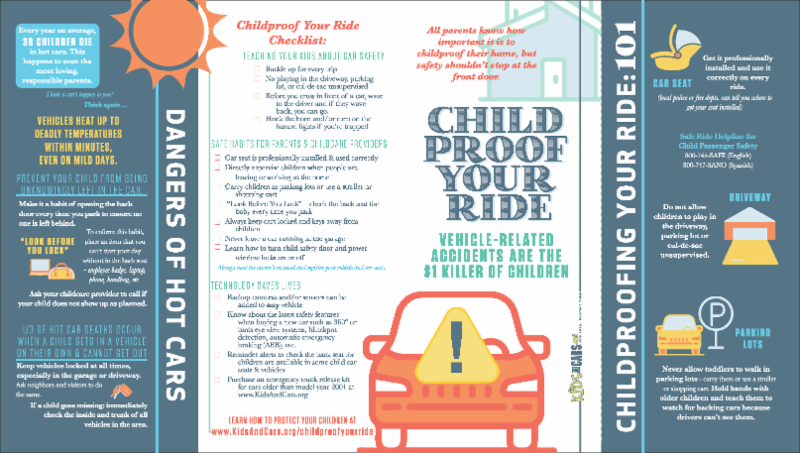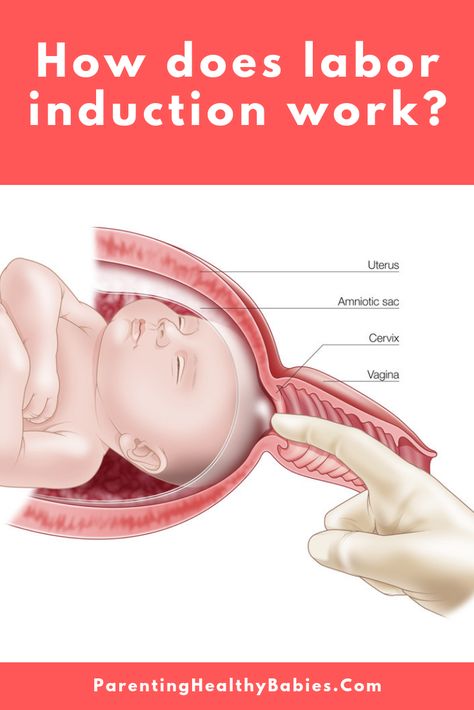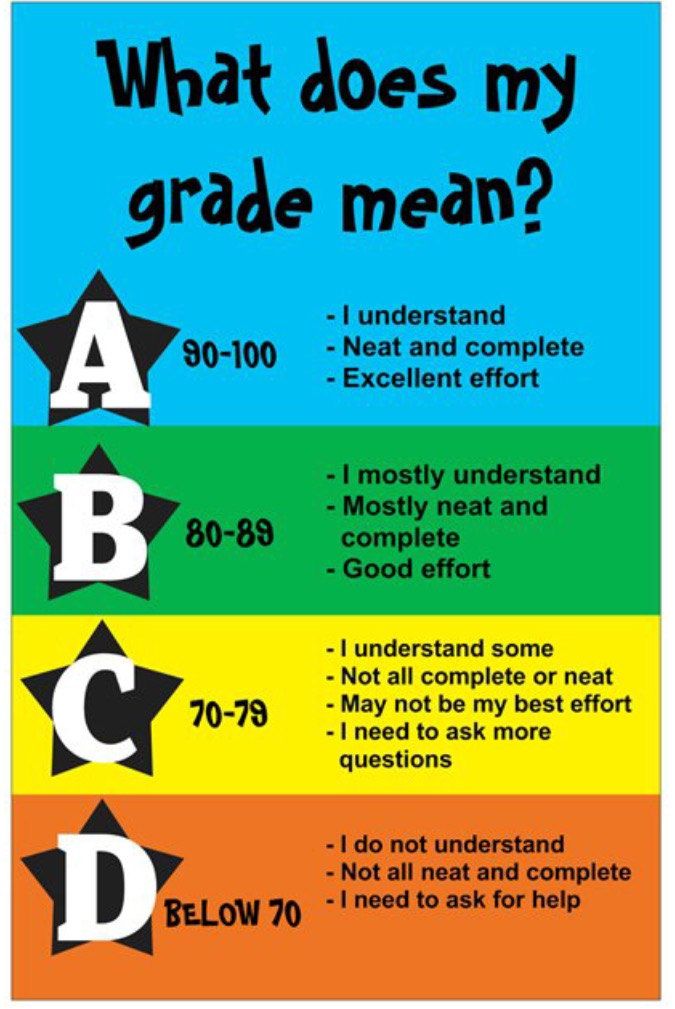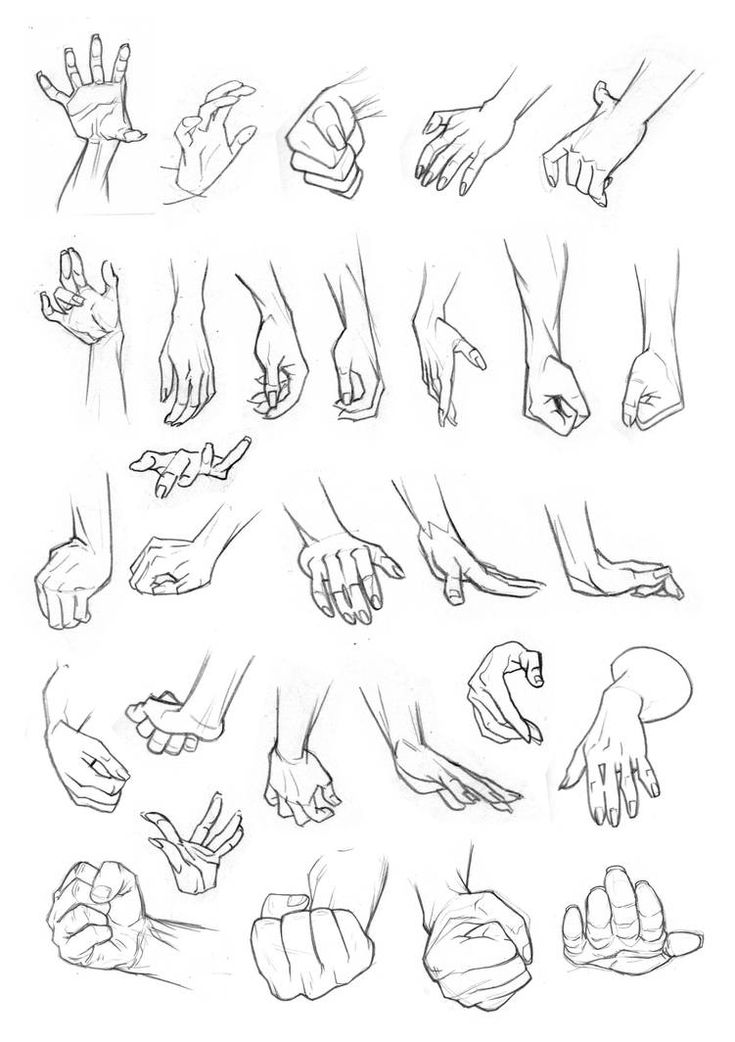How long are child seats good for
How Long Are Car Seats Good For?
Milk expires, coupons expire, and—believe it or not—car seats expire, too. When and why do car seats expire, and how long are they good for? We’ve got all the details on this important topic, including how to find your car seat’s expiration date and what to do once it expires.
Why Do Car Seats Expire?
Perhaps it sounds odd that car seats have an expiration date, but think of them like a sturdy pair of running shoes. After so many runs, the shoe’s materials break down and don’t support your feet and movement as they should. The same happens with a car seat, which weakens over time with constant use and exposure to heat and cold.
The purpose of a car seat is to keep your child safe when traveling—in the car, flying on an airplane, taking a taxi, etc. After so many uses, the materials wear down and aren’t as strong as they once were. Therefore, car seats have a specific lifespan and will eventually expire.
How Long Do Car Seats Last?
If car seats have an expiration date, what is it? Every car seat brand is different, but many manufacturers set an expiration date of six years. Therefore, you shouldn’t use or buy a car seat that’s older than six years, or one past the date specified on your particular model.
Where Is the Expiration Date on a Car Seat?
To know exactly how long car seats are good for—whether using them for infants, babies, toddlers, or older kids—you can find the expiration date for your particular model on the bottom of the seat or stamped into the plastic car seat frame. If you purchased pieces separately (such as a separate base from the car seat itself) check each piece for an expiration date, as they could be different. This information will help you make an informed decision when purchasing and using a car seat for your child.
Car Seat Expiration After an Accident
There’s one big caveat to this expiration rule: If your car seat has been in a moderate or severe car crash, it immediately expires. In fact, some manufacturers advise replacing the car seat even after a minor accident (one defined as resulting in no car damage, no injuries, and no air bags detonating). If your car sustains damage in an accident, then your car seat was likely damaged, too.
With minor accidents, damage might not be noticeable to the naked eye, which is why some manufacturers recommend replacing car seats in these situations. Their mantra is, simply, it’s better to be safe than sorry.
However, before running to the store to purchase a new car seat (such as the best car seats beloved by thousands of our Pampers parents), try the following:
In fact, some manufacturers advise replacing the car seat even after a minor accident (one defined as resulting in no car damage, no injuries, and no air bags detonating). If your car sustains damage in an accident, then your car seat was likely damaged, too.
With minor accidents, damage might not be noticeable to the naked eye, which is why some manufacturers recommend replacing car seats in these situations. Their mantra is, simply, it’s better to be safe than sorry.
However, before running to the store to purchase a new car seat (such as the best car seats beloved by thousands of our Pampers parents), try the following:
Check the car seat for any visible damage—if there’s damage, replace it.
Check the area of the car and door nearest to the car seat for any damage—if there’s damage on the car, replace the car seat.
Call the car manufacturer with any questions. If they advise replacing the car seat, do so before traveling in the car with your child.

Ask for an expert’s help to examine the car seat.
New Vs. Used Car Seats
It’s best to always buy a new car seat, for expiration and recall purposes. With a new product, you know that it’ll keep your child safe, as it hasn’t been in an accident or recalled. However, not everyone can afford a brand-new car seat, or perhaps a trusted friend or family member is selling one that’s barely been used. It’s possible to feel confident in a used car seat, but consider the following before purchasing:
Can you trust the seller? If you’re buying a used model from a manufacturer, close friend, family member, or reputable shop, you can probably trust that it’s in good condition and safe for your baby. And if you can trust the seller, it’s possible to fully know the car seat’s history (such as whether it’s been in an accident). If you can’t confirm it hasn’t been in an accident, don’t risk it!
Does it have all the original parts? Check the car seat for any damage or missing parts, which includes all the labels, the instruction manual, and the expiration date (don’t forget to check the expiration date to make sure the seat hasn’t expired).

Has it been recalled? Check the car seat’s registration with the National Highway Traffic Safety Administration (NHTSA). You’ll be able to see if the model has been recalled—and if the previous owner registered it and reported a car accident, that could also be on the record.
What does the manufacturer say? Call the manufacturer with any questions or concerns. Although they won’t necessarily be able to physically assess the car seat, they can offer guidance and advice.
Do Car Seat Bases Expire?
When replacing your car seat, it’s important to swap the entire product. Although it’s easy to assume the plastic base may break more than the cushy seat, the entire product is susceptible to regular wear and tear or damage during a crash. Therefore, it’s important to replace both the base and seat.
Of course, if you’re using a base that’s older than the seat, and you didn’t experience an accident, you can replace them separately as each piece expires.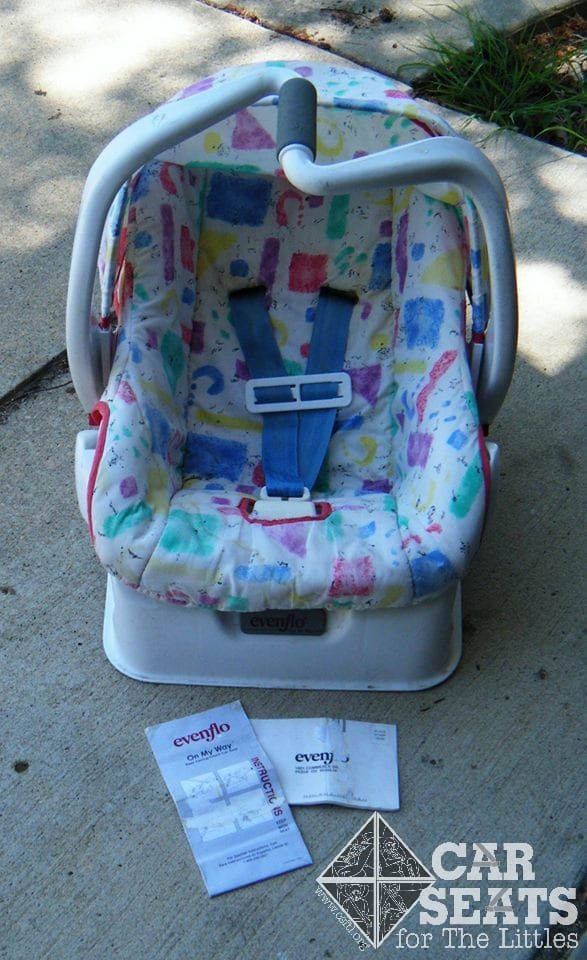 If you have any questions at all, contact the manufacturer or a CPS technician.
If you have any questions at all, contact the manufacturer or a CPS technician.
Do Booster Seats Expire?
Now that you know how long car seats are good for, what about booster seats—do they expire, too? The answer is yes—booster seats have an expiration date just like car seats, in that they also tend to expire after six years, but check the expiration date on your specific model to be sure. And if buying used or after a car accident, adhere to the same advice above regarding car seats.
If you’re in the market for a good toddler car seat or booster seat, check out all the insider knowledge on these products contributed by Pampers Parents. Booster seats are an excellent transitional product, as they lift your child up so that the seat belt lies across the safest areas of their body (where the bones are strongest across the chest and pelvis).
After your child grows out of a car seat, but before they’re big enough for a normal seatbelt, you can use a booster seat. Learn more about your baby’s growth development with our Baby Growth Calculator below.
Learn more about your baby’s growth development with our Baby Growth Calculator below.
Is it Illegal to Use an Expired Car Seat?
It isn’t safe to use an expired car seat, but is it illegal? Each state has its own set of laws and guidelines pertaining to car seats. The Department of Motor Vehicles (DMV) website in your state can detail car seat laws and guidelines, and any repercussions for violators. With some states, other governmental entities may be involved, such as the State Highway Patrol.
What to Do With Expired Car Seats
Once your car seat has expired, you’ll want to know what to do with it. It’s best to dispose of an old car seat that has reached its expiration date in a way that prevents anyone from using it in the future. Safety experts recommend taking the car seat apart and disposing of the parts separately. If you have a recycling center near you, check to see if car seat parts are accepted.
The Bottom Line
Car seats are at the top of the list of baby gear essentials. If you plan to travel in a vehicle or airplane with your child, you need one, starting with that first ride home from the hospital. However, a car seat can be a big expense. It’s tempting to avoid buying a new one but remember that car seats have an expiration date for a reason—they carry precious cargo, and a model that’s too old won’t be as safe for your little one. So, how long are car seats good for? Check your specific model’s expiration date (found under the seat or stamped onto the frame), but most manufacturers advise replacing your car seat after six years. And don’t forget that other super important baby gear travel essential: 12-hour baby-dry diapers for long road trips! Earn rewards for those endless diaper changes (whether on the road or at home) with our Pampers Club app.
Review this article:
Why Car Seat Expiration Dates Exist and How to Find Them
When you started shopping for gear for your baby, you probably placed the big-ticket items at the top of your list: the stroller, the crib or bassinet, and of course — the all-important car seat.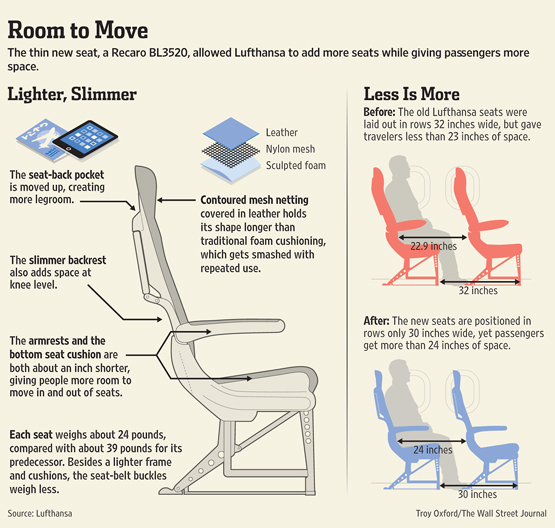
You check the latest car seat guidelines and recommendations, make sure your desired seat will properly fit your car and your needs, and make the purchase — sometimes spending upwards of $200 or $300. Ouch! (But well worth it to keep your precious cargo safe.)
So it makes sense to wonder: When baby #2 comes along, can you reuse your old car seat? Or if your friend offers you a seat their child has outgrown, can you use that? The short answer is maybe, maybe not — because car seats have expiration dates.
In general, car seats expire between 6 and 10 years from the date of manufacture.
They expire for a number of reasons, including wear and tear, changing regulations, recalls, and the limits of manufacturer testing. Let’s take a closer look.
There are actually a few reasons why car seats expire, and no, car seat manufacturers wanting to inconvenience you isn’t one of them.
1. Wear and tear
Your car seat may be one of the most-used pieces of baby gear you own, perhaps rivaled only by the crib. With each supermarket, day care, or play date run, you’re likely buckling and unbuckling your baby numerous times.
With each supermarket, day care, or play date run, you’re likely buckling and unbuckling your baby numerous times.
You’ll also find yourself adjusting the seat as your little one grows, cleaning up messes and spills as best you can, and cringing as your tiny teether chews on straps or bangs on cupholders.
If you live in an area with extreme temperatures, your seat may also bake in the sun while your car is parked and get tiny cracks in the plastic that you can’t even see.
All of this takes a toll on the fabric and parts of a car seat, so it stands to reason that the seat — designed to keep your child safe — won’t last forever. And without a doubt, you want to make your child’s safety remains intact.
2. Changing regulations and standards
Transportation agencies, professional medical associations (like the American Academy of Pediatrics), and car seat manufacturers are constantly conducting and evaluating safety and crash tests. This is a good thing for parents everywhere.
Also, technology is forever evolving. (Don’t we know it. Why is our two-year-old laptop already outdated?!) This means that car seat safety stats can be improved with as new features, materials, or technologies are introduced.
Say you buy a car seat that is rear-facing and will hold your child up to a certain weight, but then the weight guidelines change for a rear-facing seat. It may not be the law that you have to replace your seat, but the manufacturer may discontinue it and stop making replacement parts — not to mention, you no longer have the safest seat possible for your little one.
An expiration date may account for these changes and makes it less likely that you’ll have a seat that’s not up to snuff.
3. Manufacturer testing has its limits
When a manufacturer — be it Graco, Britax, Chicco, or any number of other car seat brands — tests a car seat, they don’t assume you’ll still be cramming your 17-year-old in it and driving them to their senior prom. So it stands to reason that they don’t test car seats to see how they hold up after 17 years of use.
So it stands to reason that they don’t test car seats to see how they hold up after 17 years of use.
Even all-in-one car seats — ones that transform from rear-facing to forward-facing to boosters — have weight or age limits, and car seat and booster use generally ends by age 12 (depending on child’s size). So car seats aren’t usually tested beyond about 10–12 years of use.
4. Recalls
In an ideal world, you’ll register your car seat as soon as you buy it so the manufacturer can let you know of any product recalls. In the real world, you’re up to your eyeballs in all things newborn related — not to mention sleep deprived. You may indeed be using a (recent and unexpired) hand-me-down car seat with no registration card in sight.
So expiration dates ensure that even if you miss a recall announcement, you’ll have a relatively up-to-date car seat that is more likely to be free of problems.
A note on used car seats
Before you purchase a car seat from a yard sale or borrow one from a friend, check for a recall via the manufacturer’s website.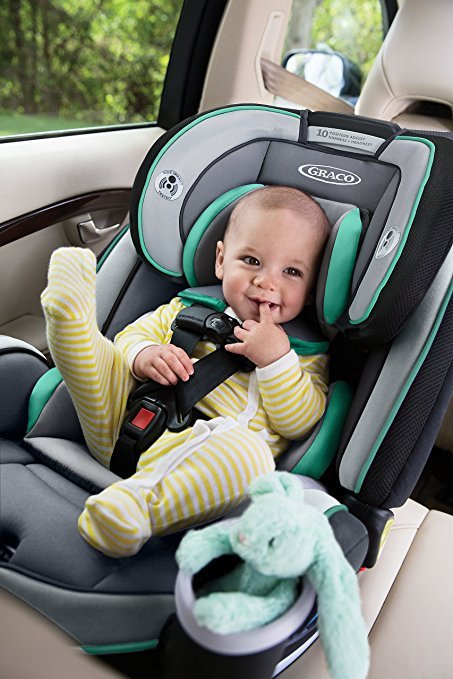 Safe Kids also maintains an ongoing list.
Safe Kids also maintains an ongoing list.
Note also that a used car seat may be less safe than a new one. A used car seat or booster is generally not recommended unless you can be absolutely sure it hasn’t been through an accident.
There’s no universal answer to this, but we’ll give it our best shot: Generally, car seats expire between 6 and 10 years after the date of manufacture. Manufacturers such as Britax and Graco publish this on their websites.
No, it doesn’t suddenly become illegal to use a car seat at 10 years and 1 day after it was made, and there won’t be a warrant out for your arrest. But we know that you’d do anything to keep your sweet babe safe, and that’s why it’s recommended that you replace your car seat once it expires.
Looking for information about when your specific car seat expires? The best place to check is the manufacturer’s website. Most brands have a page dedicated to safety information where they tell you how to find the expiration date.
For example:
- Graco shares that its products have expiration dates on the bottom or back of the seat.
- Britax tells users to find the date of manufacture — by using the serial number and instruction manual — and then provides expiration dates based on when different types of seats were made.
- Chicco provides an expiration date on the seat and the base.
- Baby Trend gives an expiration date for its car seats as 6 years post-manufacture. You can find the manufacture date on the underside of the car seat or the bottom of the base.
- Evenflo car seats have a date of manufacture (DOM) label. Most models expire 6 years after this date, but the Symphony line lasts for 8 years.
You don’t want anyone else using your expired car seat, so taking it to Goodwill or throwing it in the dumpster as is aren’t good options.
Most manufacturers recommend cutting the straps, slicing the seat itself, and/or writing on the seat with a permanent marker (“DO NOT USE – EXPIRED”) before disposal.
Truth be told, if you also want to take a baseball bat to your car seat and let out some pent-up aggression in a safe environment… we won’t tell.
Baby stores and big-box retailers (think Target and Walmart) often have car seat recycling or trade-in programs, so keep an eye out or call your local store to ask about their policy.
It’s tempting to be cynical and believe that car seat expiration dates exist to support a billion-dollar baby gear industry wanting to get more money out of you. But actually, there are important safety reasons behind limiting the life of your car seat.
While this doesn’t mean you can’t take your sister’s car seat when your nephew outgrows it — or use baby #1’s car seat for baby #2 a couple years later — it does mean that there’s a certain time frame within which this is OK. Check your seat’s expiration date by looking at its label, usually at the bottom or back to the seat.
We recommend registering your car seat as well — and carefully following installation instructions to avoid compromising the safety of the seat.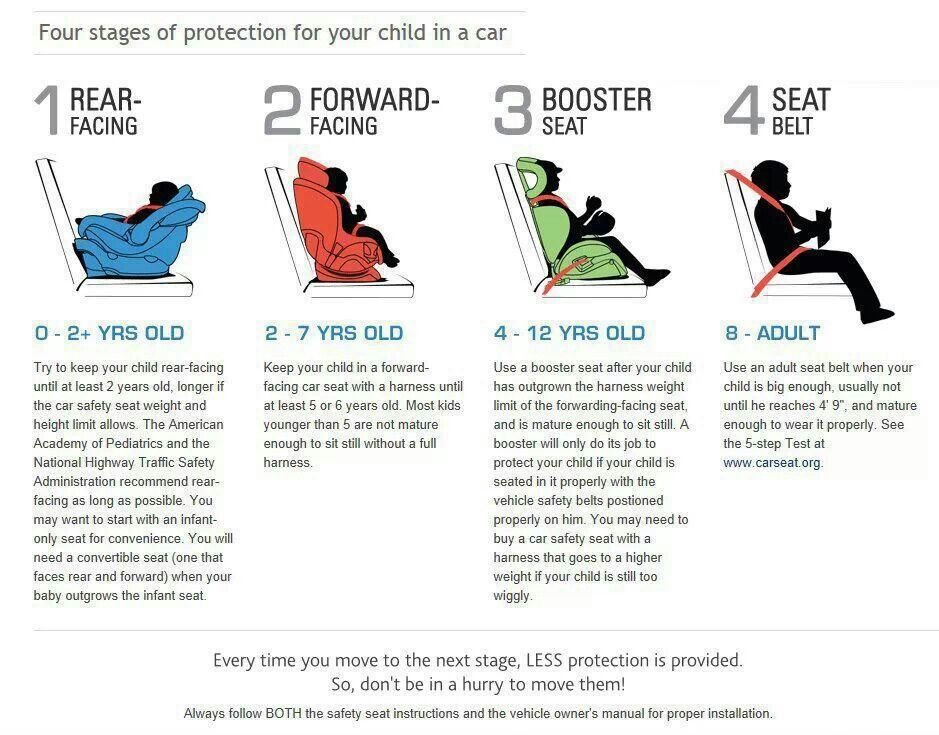 After all, your baby is the most precious cargo your vehicle will ever transport.
After all, your baby is the most precious cargo your vehicle will ever transport.
Do child car seats have an expiration date? — Auto Blog
Because of what children's car seats are not durable.
For some drivers, the information that child car seats have an expiration date may come as a complete surprise. Many of you will be able to think that this is some kind of inaccuracy. So how are car seats not products to have a limited lifespan? Believe it or not, the reality is that child car seats do have a limited lifespan.
The domestic Internet publication decided to look into this issue, determining why child car seats are limited in terms of use.
Unfortunately, as we found out, virtually all child car seats sold on the Russian market have a limited lifespan. In most cases, a conscientious manufacturer shows this on the label or on the plastic case (from the bottom).
Most car seats have a lifespan of 6 to 10 years. Simple in design have a lifespan of ten years, while more complex child seats are designed for a shorter lifespan.
This area is not well regulated in our country. Based on this, in addition to counterfeit child seats on the market, there are many car seats on sale, whose life is already coming to an end. Based on this, when buying a child car seat, be sure to pay attention to this.
For seat manufacturers, the limited lifetime of chairs allows for continued sales of new models. But in reality, the limited life of the chairs is not a marketing move by manufacturers. Everything is much more complicated.
There are actually a couple of circumstances that cause child seat manufacturers to limit the lifespan of their own products. First of all, this is due to the fact that the safety requirements of machines are always changing on the world stage. In addition, the safety requirements of all sets of modern cars are changing.
Proceeding from this, manufacturers always make some transformations in the design of car seats that meet modern safety requirements.
In addition to the constant innovation that needs to be introduced into a new batch of products, the limited life of the chairs is associated with the rapid wear of the plastic parts of the seat body. Since it is no secret that most car seats are made of plastic (quite often not of very high quality), which is subject to rapid wear.
Since it is no secret that most car seats are made of plastic (quite often not of very high quality), which is subject to rapid wear.
This material deteriorates over time, which may result in inadequate protection for the child. Quite often, at the end of the life of the car seat, the plastic structure begins to burst and crack, which in an accident can lead to serious injury to the child.
Why is the property of plastic lost? The main enemy of plastic is sudden changes in temperature. With frequent changes in humidity, temperature and pressure, the chemical property of plastic deteriorates.
It must also be emphasized that extreme temperatures are not the only reason for the limited life of car seats. If you quite often operate the car over rough terrain, at a crossroads or on bad asphalt, then due to constant vibration, the child seat installed in the car may quickly lose its own functions.
In addition, the future use of the car seat should be abandoned in the event of a minor accident.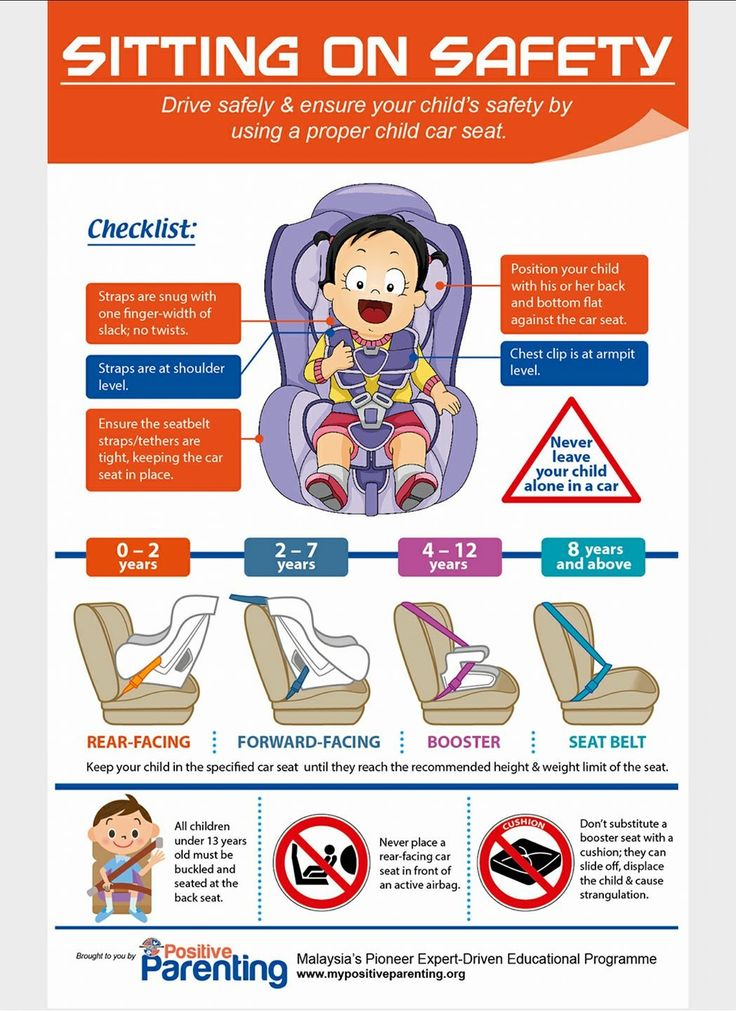 The fact is that as a result, in addition to that small blow in an accident, the child seat can take microdamage, which in the future can lead to insufficient protection of the child.
The fact is that as a result, in addition to that small blow in an accident, the child seat can take microdamage, which in the future can lead to insufficient protection of the child.
Yes, now the price of a child seat is not small. But is it worth saving on the safety of the child?
In addition, we would like to warn you against purchasing a used chair. Since you do not understand how it was operated, and whether the car had an accident in which the chair was installed.
The main thing to remember is that every safety savings is unacceptable.
What to look for when buying a child seat?
When choosing a car seat, we recommend that you take into account the results of testing, which are carried out by both foreign and Russian organizations. And also it is worth paying attention to its cost and the manufacturer of the chairs. Do not forget that the cheapness of the chair should be alarming.
As a rule, a completely reliable and certified car seat cannot be cheap.
When purchasing a child car seat, it is necessary to choose it in the presence of the child. You have to make sure he is comfortable and comfortable in it. If the child is comfortable in the seat, then he will wriggle less in it on the move of the car and probably be less capricious.
Please note that modern car seat models have many innovative solutions for securing a child in a child seat. Slowly, car seat manufacturers are moving away from uncomfortable harnesses and belts that interfere with the comfort of the child. Fastening a child in a seat has become much easier and more uncomplicated than in chair models released a couple of years ago.
The new car seats offer much better protection against side impacts thanks to the special design of the seat. In addition, in recent years, the protection of children from frontal collisions has been improved.
In addition, modern seats provide great comfort to the child. So some models of chairs have a special profile and ventilation of the seat, which remembers the structure of the child's body and contributes to great convenience.
10 THINGS YOU DID NOT KNOW THE EXPIRY DATE
Topics that will be of interest to you:
-
"I'll have to buy": in Gomel, traffic police inspectors looked to see if there were child car seats in parents' cars
-
How to increase the life of tires
-
How to extend the life of your windshield wiper blades
Office furniture life | ErgoStol Blog
According to the OKOF, the useful life of office furniture (furniture depreciation group 4) is 5-7 years.
However, often chairs, shelving and desktops fail much earlier. Who is to blame, the manufacturer or consumers, that the furniture has become unusable?
Often you can see what chairs and racks offer with a guarantee of 2-2.5 years. However, no warranty service will take furniture damaged through your fault.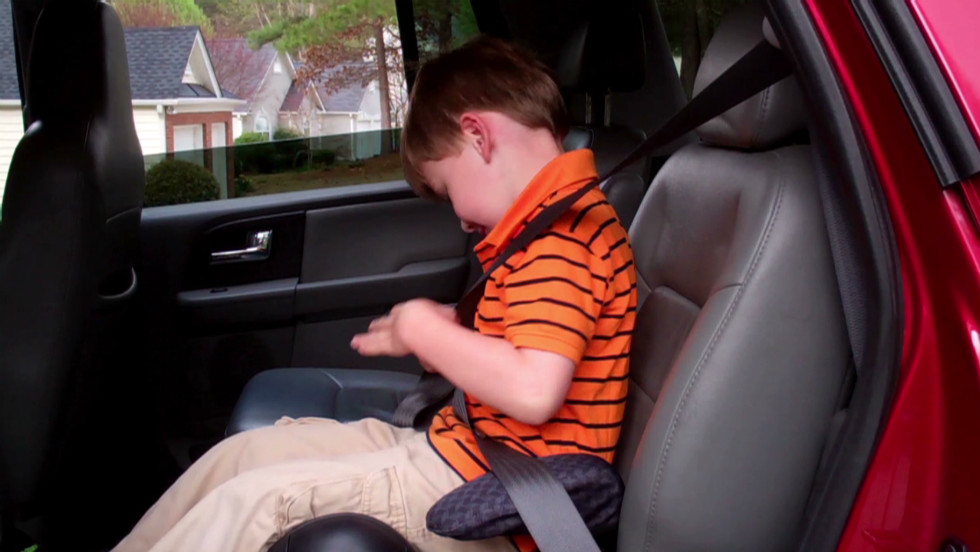
What affects the service life of office furniture?
Table tops wear out the fastest. Each office employee regularly resorts to using a clerical knife when it is necessary to cut out printouts and cut paper. The question arises, how is this procedure carried out? It is unlikely that they pay attention to this and make a substrate. In practice, the situation is as follows - the clerk cuts the sheet on the table, believing that he correctly calculated the force of pressing the knife in order to avoid damaging the table top. However, in most cases, this is not the case.
Worktop damage solution:
Make a choice in favor of a table with a top that is characterized by high resistance to mechanical stress. Ask your consultant which model is least prone to cuts. Having received all the necessary information, you can make the right choice.
Acquisition of a plastic/ceramic substrate.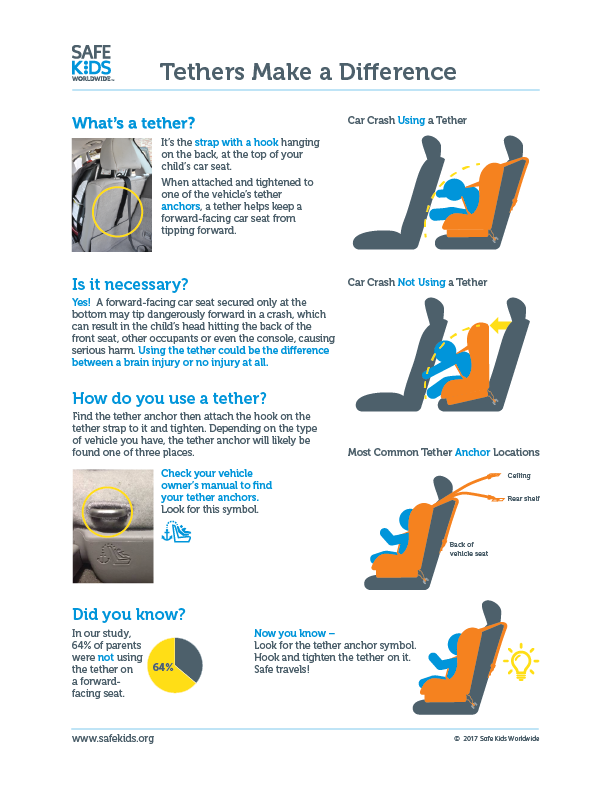
Introduction of fines. Let the boss inspect the desks of employees daily. Damage to property is punishable by deductions from wages. Believe me, this will encourage employees to take care of other people's property.
The seat is also subject to wear and tear. This may be due to poor quality fittings. However, most often the point is that the chair is chosen incorrectly. It is necessary when buying it to take into account its maximum load. To make it last as long as possible, buy a chair that can withstand more loads (+ 20%) than you weigh.
Models of the budget or middle price segment, and these are, as a rule, options with a plastic cross, are designed for a maximum of 100 kg. That is, the weight of the employee should not exceed 80 kg, so that the product lasts as long as possible. Otherwise, the service life will be shortened. If your goal is to order a chair that will last as long as possible, choose models with a metal cross, but keep in mind that their price will be an order of magnitude higher than budget models.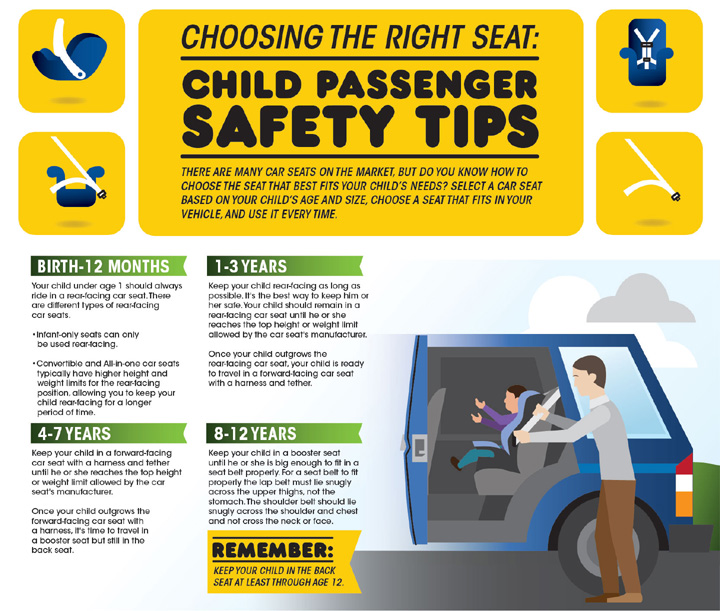
As for the cabinets installed in the office, they also often become unusable. It is not uncommon for workers to complain that the rack is loose. This may be due to cabinet overload.
What are the factors that reduce the service life of office furniture?
In addition to the negligent attitude of employees to company property, non-compliance with temperature regimes can negatively affect the service life of furniture. High humidity and temperature changes are the main enemies of interior items made of chipboard, MDF, solid wood. They can also be attacked by insects, fungus.
How to extend the life of furniture?
Appreciate what is. Treat office furniture with care, and it will serve you faithfully for more than 5-8 years.
Care is also important. Choosing quality products, you thereby extend the life of the product. Taking care of your furniture regularly will help you keep it looking its best for many years to come.